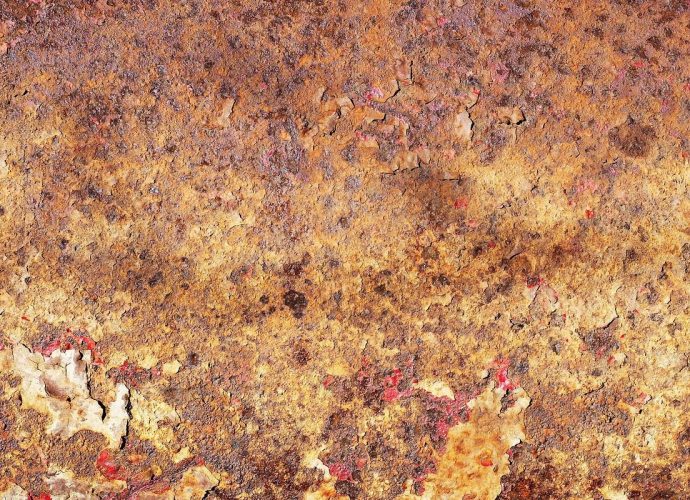Which Sugars React With Benedict’s Reagent?
Maltose undergoes mutarotation at its hemiacetal anomeric center. Recall that the process occurs via an open-chain structure containing an aldehyde. The free aldehyde formed by ring opening can react with Fehling’s solution, so maltose is a reducing sugar. What does Benedict’s test react with? Benedict’s test: A chemical reaction usedRead More →









